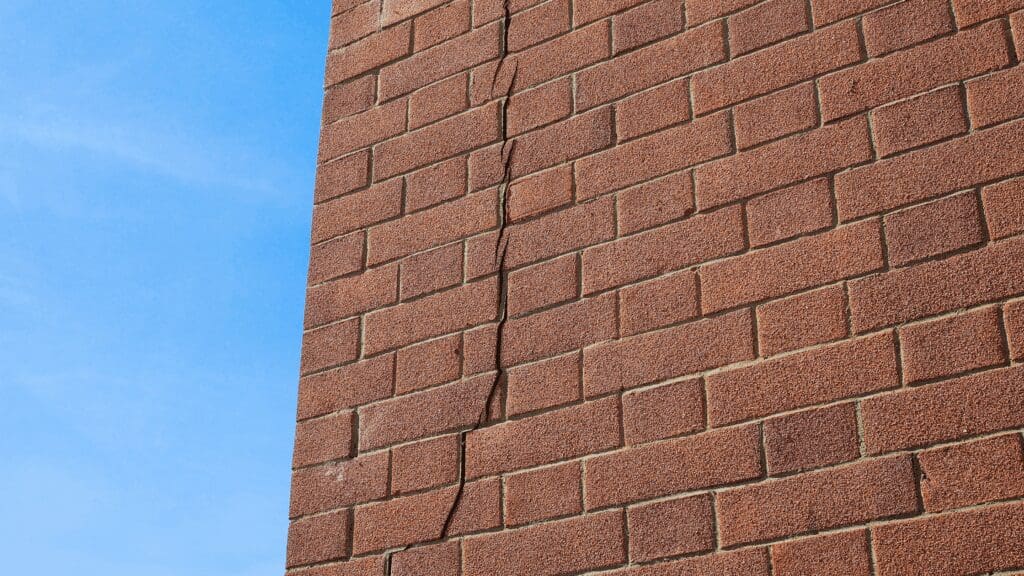Foundation distress is a large problem, especially for homes in the Houston area, as the soil tends to be less stable due to composition and weathering. Signs of damage that exist and are not handled appropriately will lead to further destruction and deterioration. If left unresolved, an issue that was once a minor fix can turn into more costly repairs in the future.
The last thing that a new homeowner wants is a slab failure. These issues tend to be prevalent as hidden problems in older homes. There is a multitude of warning signs that you can use as a guide to investigating your own foundation’s health.
What to look for in your home
It’s always possible that your home’s foundation can settle or heave, leaving you with a large problem to tackle. The cause can be attributed to the loss or gain of soil moisture underneath your home, which is heavily affected by Houston’s weather. These critical foundation issues can ruin the experience of new home-ownership, so in an effort to avoid a large-scale problem, Houston homeowners should know what to look for when dealing with these issues.
Begin by conducting a thorough inspection of your own home, or by hiring a professional. Below is a checklist of some issues to look for:
- Wall rotation: This occurs when the foundation shifts. The entire interior wall may change direction slightly. This is a rare occurrence, but a definite indication of a foundation problem.
- Misaligned doors: If you seem to have trouble opening or closing an interior or exterior door, this indicates the foundation has shifted. The door may feel very tight to close in an uneven way – meaning either the top is tight and the bottom is loose or vice versa. An uneven gap between the door and the frame is also an indication that something has shifted in your foundation, thus changing the door’s structure.
- Windows that will not close: Similarly to the issue with doors, when your foundation has shifted, you may have trouble opening and closing windows.
- Cracked walls: Inspect your walls and look for clues that cracking has occurred internally. Nail pops, cracked or displaced moldings, and issues with drywall and sheetrock all point to issues with your wall structure, which in turn relates to your foundation.
- Plumbing breaks: Pipes that have broken can be related to a shift in the foundation.
- Cracked or uneven flooring: Floors that show signs of cracking, or a change in levels from one side of the room to another are a clear warning that a shift has occurred in the foundation below.
- Cracked bricks: Inspect the exterior of your brick home. If you see cracks, this can mean a variety of different things. Examine the cracks closely. If they tend to be centrally located on one brick, it’s less likely to be a structural issue and is more likely to be cosmetic. In this case, you will still need to give it your attention, as cracks in bricks can allow water to enter, resulting in mold deposits that can be costly to fix. If the crack extends multiple bricks, especially passing through mortar and following seams, it is a major sign of a problem with your foundation and a professional should be consulted as soon as possible.
These examples are all hazardous signs that your Houston home’s foundation is under distress and in quick need of leveling and repair.
If you are experiencing these signs, whether external or internal, seek help now and contact us for a free estimate. Our homes are an investment for our future, and we want to make sure that we protect that investment for many years to come.
**This post has been edited from its original content.

